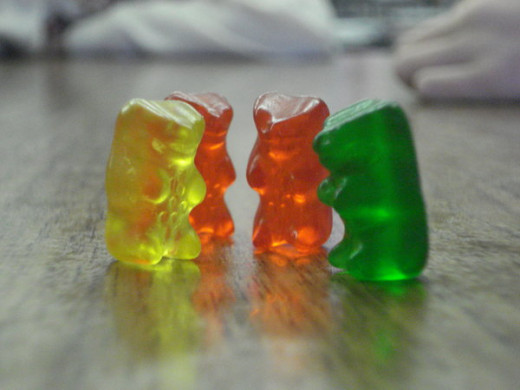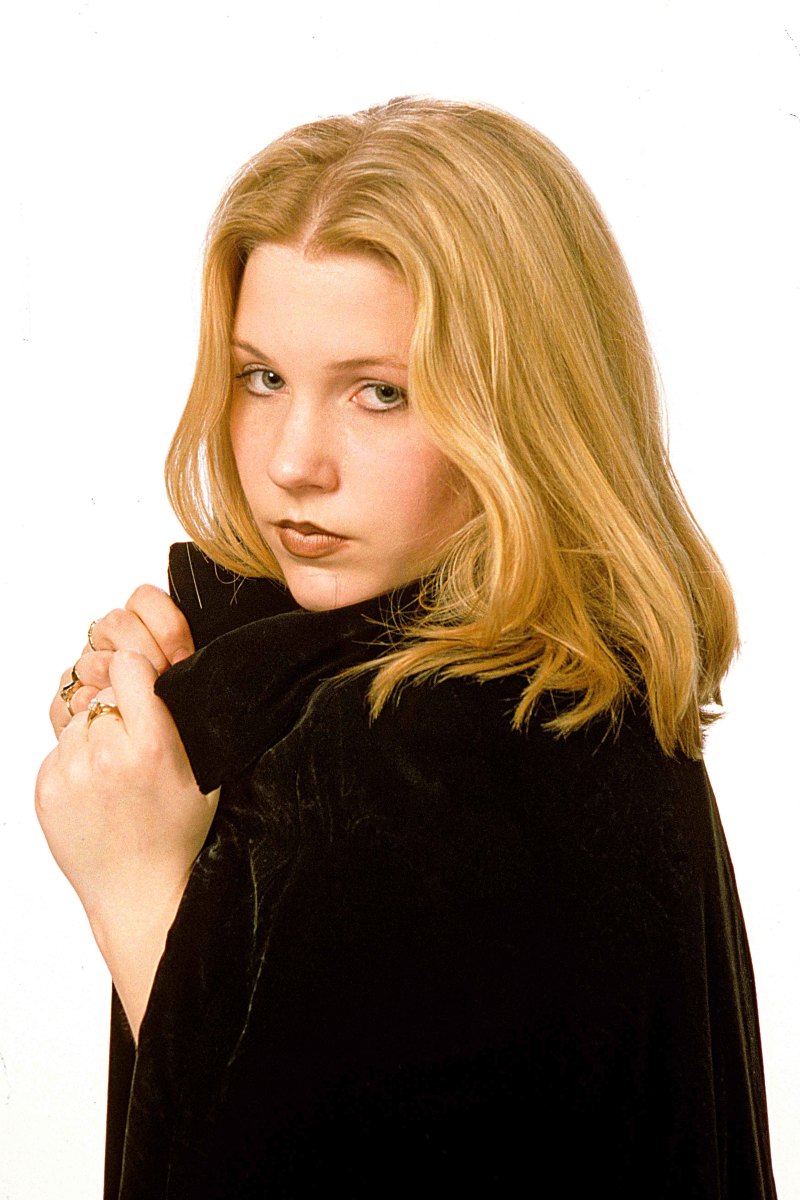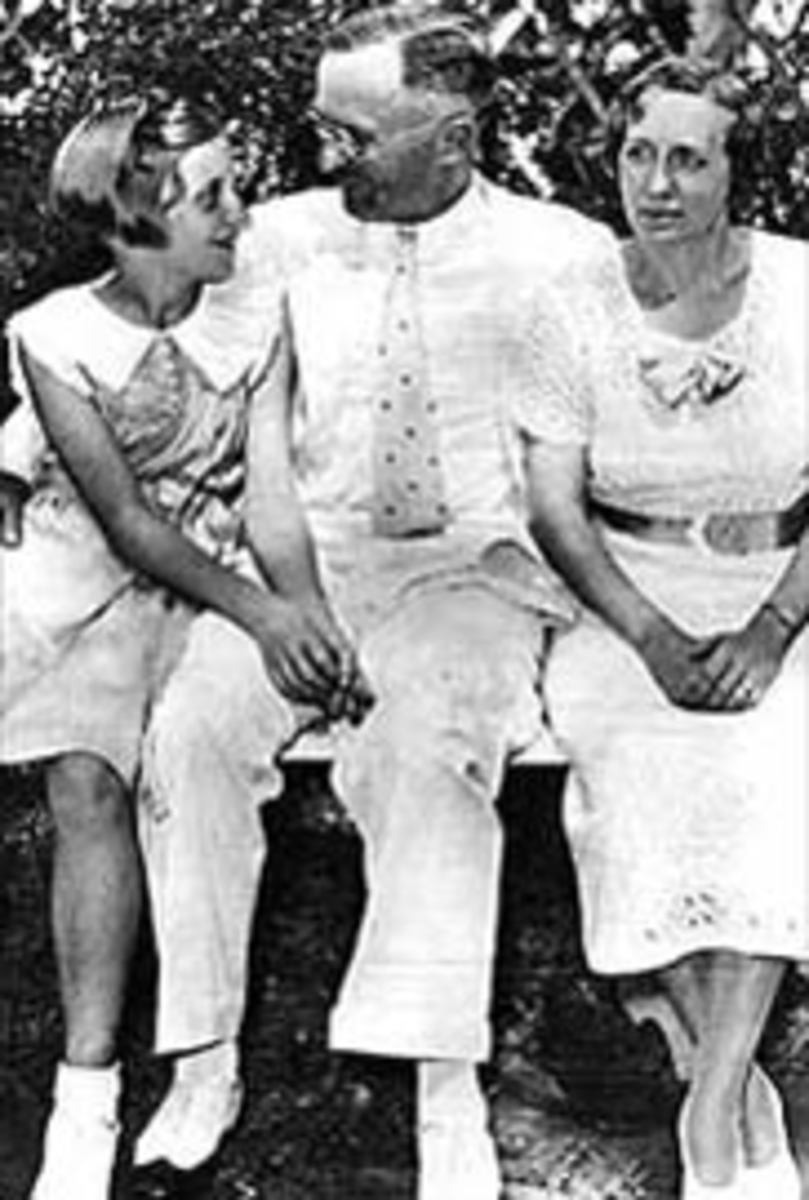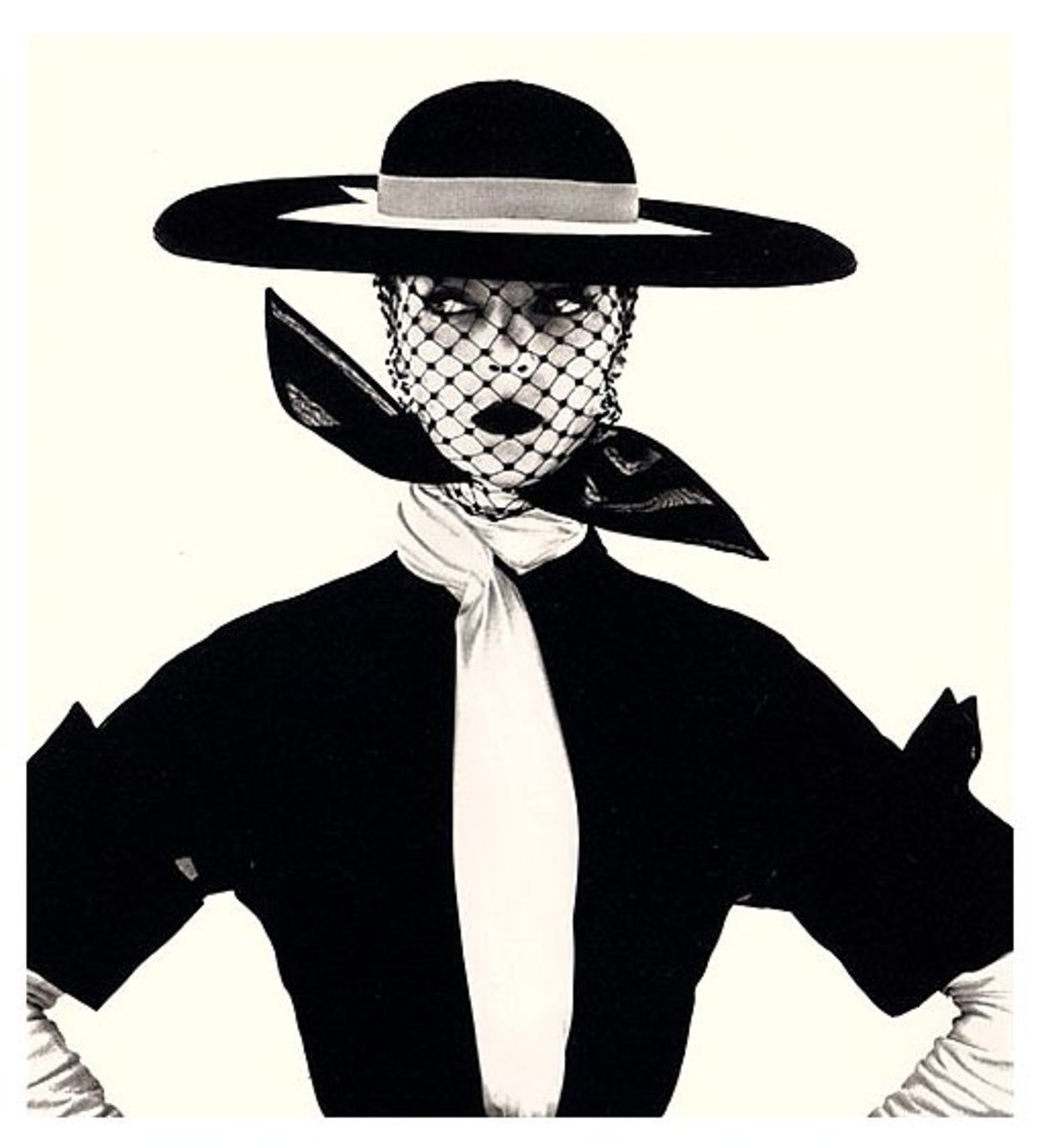Keeping Your Photography Simple

Photography is often complicated, full of gadgets and techniques, with several concepts and rules to follow, or break, depending on your style.
New tools are coming out everyday. The digital age has made it easier or complicated it more based on personal opinion. The entire art seems to be suffering from information overload. But through all of this, the best photographs continue to be the simpler ones; the photos where the audience can clearly and easily identify the subject.
When an image has too much detail, or the elements which compose it are too complex, then the audience may have difficulty in clearly identifying what the subject of the image is.
Photos that contain too much information have the tendency of making the viewer search for the subject, thus in many instances losing interest, besides not grasping the meaning or intention which the photographer intended to capture and represent.
Our brain can easily distinguish what the subject of a photograph is, the camera cannot. Most professionals use the manual mode for this sole reason. It gives then the creative choice to compose the image anyway that they see fit.
One way of capturing a subject and ensuring that the viewer recognizes it as such is selective focusing; here the photographer simply focuses on the subject, usually in close up mode, and completely eliminates any other element from the image. This works great in macro photography and on many instances on nature photography too.
Another technique or style as some call it, is to use the background or other elements to highlight the subject by simplifying the elements that are not part of the main subject. A subject posed against a lightly colored or muted background easily stands out and becomes quickly recognizable.
A tree or figure posed against a light rain or a fog bank stands out by virtue of the properties of the rain or fog. The inclusion of the rain/fog adds to the scene by giving a sense of location and adding atmosphere, yet it does not distracts from the main subject.
Dark backgrounds, when used behind a subject, are excellent for drawing all of the attention towards it, such as a person photographed leaning out of a darkened window or darkened room. Same effects are also accomplished by posing a light attired or colored subject against a dark background.
Sometimes capturing just portions of the subject are enough to render it recognizable. If the subject of focus is large, including just enough portions to make it known is not only esthetically pleasing but by keeping the composition simple the photographer has achieved the image's purpose; pleasant yet simple.

Simplicity can also be accomplished by doing close up even macros; if you add just enough detail to an image even a very close shot can be distinguishable, like a shot of part of a book, with parts of a reading glass and maybe an eraser or ruler which would distinguish it as being a classroom or study motif.
Another example would be to include parts of a bee sitting on top of a flower, by judicious framing and cropping the bee becomes distinguishable and becomes the center of attention with the flower being thrown out of focus, again not all parts of the subject need be included.
Selective framing also performs well. When framing a subject that is within a larger scene, the subject can become distinguishable and easily identifiable if the outer portions of the scene are used to guide the eye towards the subject itself, such as a figure or interesting detail in the middle of a scene which is framed by walls running alongside of it.
Framing has been a long used technique to draw attention towards a subject of interest. This technique has been applied successfully for quite a long time and continues to be effective today. Framing through the use of color also performs rather well; the subject is colorful and its frame is not or vice verse.
Before any shot one should ask if they have clearly composed the subject to make it the center of attention; has one eliminated all distracting elements from the scene ?, does the perspective and elements within add to the scene or can be done without ?
Pay attention to photographic rules such as the rule of thirds, especially when using frames; the subject need not be in the center of the photo but must be the point of interest and simple accompanying elements help make it such. The subject should be within one of the imaginary intersections delineated by the rule of thirds.
Use shadows if they are readily available as they can make powerful tools in drawing the attention towards the main subject.
Once you have a clear grasp of what it means to add simplicity to your images you will begin to realize that the less cluttered your final compositions are the more pleasing and powerful the statement shown by your photographs is.


![Adobe Photoshop Elements 2018 [Old Version]](https://m.media-amazon.com/images/I/51AQ4wl7eOL._SL160_.jpg)







